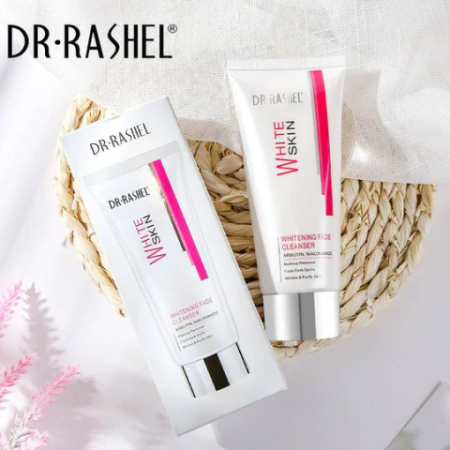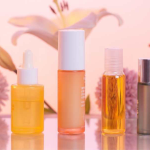
03
Jan
Embracing Radiance Responsibly: The Rise of Sustainable Beauty
Introduction:
In an era where environmental consciousness is at the forefront of global conversations, the beauty industry is undergoing a transformative shift towards sustainability. Sustainable beauty, characterized by eco-friendly practices, cruelty-free formulations, and mindful consumption, has emerged as a powerful force reshaping the way we approach cosmetics. This article explores the key aspects of sustainable beauty and why this movement is gaining momentum in the beauty industry.
Eco-Friendly Packaging:
Sustainable beauty begins with the packaging. Brands are increasingly adopting environmentally friendly materials, such as recycled paper, glass, and biodegradable plastics, to reduce the environmental impact of their products. Packaging innovations, like refillable containers and minimalistic designs, not only contribute to a reduced carbon footprint but also appeal to consumers seeking eco-conscious options.
Cruelty-Free and Vegan Formulations:
A significant aspect of sustainable beauty involves saying no to animal testing and animal-derived ingredients. Many beauty brands are proudly displaying cruelty-free and vegan certifications, ensuring that their products are not only ethically produced but also align with the growing demand for cruelty-free alternatives.
Emphasis on Minimalism:
Sustainable beauty encourages a more mindful approach to consumption. The trend leans towards quality over quantity, promoting products that serve multiple purposes or have refillable options. Consumers are becoming more conscious of their beauty routines, opting for minimalist approaches that prioritize essential, versatile products.
Natural and Organic Ingredients:
Sustainable beauty products often incorporate natural and organic ingredients, avoiding harmful chemicals that can be detrimental to both the skin and the environment. This shift towards cleaner formulations not only benefits consumers but also supports sustainable farming practices and reduces the environmental impact of chemical production.
A crucial aspect of the sustainable beauty movement is education. Brands are increasingly transparent about their sourcing, manufacturing processes, and the impact of their products on the environment. This transparency empowers consumers to make informed choices, supporting brands that align with their values.
Community and Social Responsibility:
Sustainable beauty extends beyond product formulations and packaging; it encompasses social responsibility. Brands are actively engaging in community projects, ethical sourcing, and fair labour practices. Consumers are drawn to brands that prioritize social and environmental issues, fostering a sense of connection and purpose.
Government Regulations and Certification:
Governments and international organizations are recognizing the importance of regulating the beauty industry’s impact on the environment. Certification standards, such as cruelty-free logos and organic certifications, play a vital role in guiding consumers towards sustainable choices. Governments are also introducing regulations to limit the use of harmful ingredients and encourage eco-friendly practices.
Conclusion:
Sustainable beauty is more than just a trend; it’s a necessary evolution towards a greener, more responsible beauty industry. As consumers become increasingly conscious of their ecological footprint, the demand for sustainable beauty products continues to rise. Beauty brands that embrace and champion sustainability are not only meeting consumer expectations but are also contributing to a positive, transformative change in the industry. It’s a movement that celebrates both personal well-being and the well-being of our planet, proving that radiance can be achieved responsibly.





